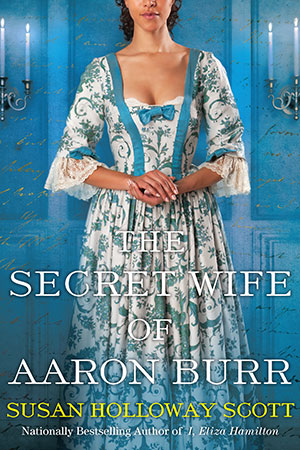 |
| December 1922 fashions |
We complete this year's historical fashion plate cycle with a set of patterns and fashion news from the Delineator for December 1922.
The New in New York by Evelyn Dodge
“The jacket blouse and the blouse jacket have elbowed their way well to the front of the Fifth Avenue windows and New York almost killed a very charming style with the kindness of its enthusiastic reception. The jacket and the blouse are twins so much alike that their own mother-designer has difficulty in telling them apart. In many cases they can be used interchangeably, but as the weather grows colder the blouse jacked is more and more made of the fur cloths and heavier clokies, while the jacket blouse appears in the matelassés, crêpe silks and velvets.
"The best Fifth Avenue houses are making their separate skirts quite generally with camisole bodies instead of inside belts. There are two reasons why the camisole is a better bet than the belt with the present styles. If the belt is large enough to rest low on the hip, it is almost impossible to keep in its proper place. If it fits the normal waistline, it has a curiously high-waisted look, an optical delusion produced by the very general acceptance of the lowered waistline. Practically all blouses, except the under-the-sweater type, are worn outside the skirt. If the blouse is white or partially transparent, the upper part of the skirt shows through when it is mounted on a belt. The camisole does not bring the skirt above the low waistline and it can be made of white China silk if it is to be worn under light, transparent blouses. The camisole top also make an excellent foundation for the jerseys or open-work sweaters that are worn so much in place of blouses ...
"With longer skirts and the more formal type of draped dress the bobbed-hair girl has had to grow up overnight. The closer hair-dressing is partly responsible for the vogue of the long earring, which for evening reaches almost to the shoulder. Some of them seen in the Fifth Avenue windows are made of heavy red gold in long, narrow Egyptian designs triangular in shape. Crystal is very smart for evening or afternoon. Very large hoop earrings are also worn in fine lines of jet or jade or amber.”
 |
| December 1922 fashion descriptions |
Clicking on the image will enlarge it. Clicking on a caption link will take you to the source, where you can learn more and enlarge images as needed.





































 One of us --
One of us -- 


